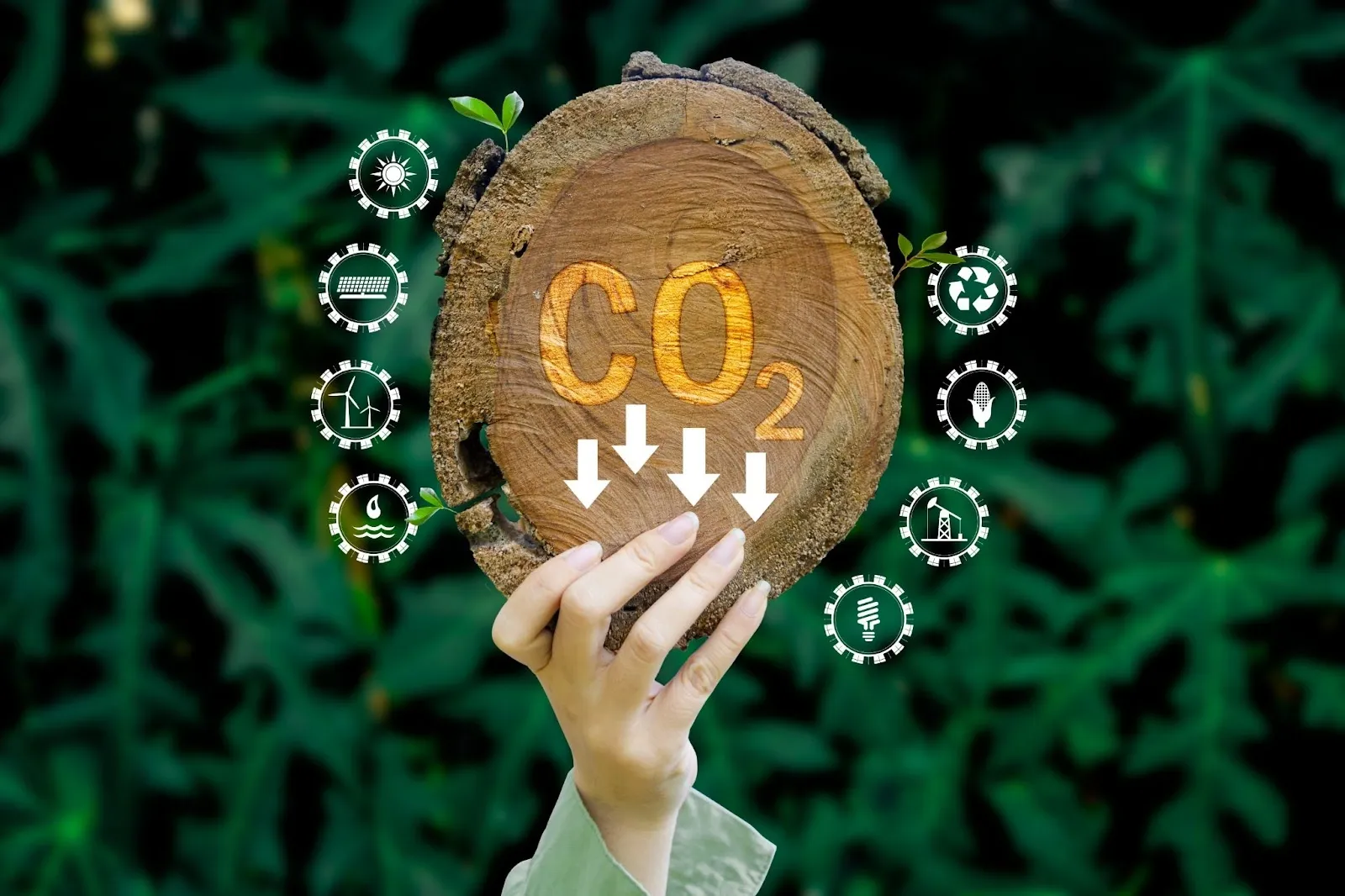The Economics of Carbon Credits: Balancing Profit and Planet Health

Addressing the critical challenge of climate change demands a comprehensive approach that includes diverse measures. Within this framework, the carbon market stands out as a crucial instrument. It facilitates the trading of carbon credits, providing a practical path for both organizations and individuals to mitigate their carbon footprint. Participation in this marketplace plays a significant role in reducing harmful emissions all over the planet. However, to maximize the effectiveness of this tool, it is imperative to understand its intricacies and tackle the skepticism it frequently encounters.
Understanding Carbon Credits
A single carbon credit is equivalent to the prevention of one metric tonne of carbon dioxide, or a comparable quantity of another greenhouse gas, from entering the atmosphere. Businesses that emit less than their permitted limit have the opportunity to trade their surplus credits. Conversely, organizations committed to ecological conservation often get carbon credits to neutralize their carbon footprint, thereby aiding in the pursuit of a more sustainable and pristine environment.
Those in favor of a carbon credit policy argue that it ensures authenticated and accredited reductions in emissions through officially endorsed environmental endeavors, thus significantly diminishing or offsetting the release of greenhouse gases. Entities ranging from businesses to nations are allocated a defined allotment of these credits, with the flexibility to trade them, promoting a worldwide balance in carbon emissions. The approach encompasses a deliberate reduction in the number of available credits over time, incentivizing those responsible for emissions to explore and adopt groundbreaking methods for minimizing their environmental impact.
The Market Mechanics
Every new challenge tends to birth new markets, and the current climate emergency, coupled with escalating global emissions, is no different.
The resurgence of interest in carbon exchanges is a fairly recent development. Although international carbon trading has been in existence since the carbon credit Kyoto protocol of 1997, the rise of new regional exchanges has led to a boom in investments.
In the domain of carbon trading, there are two separate markets available for participants. The first is a controlled market, created by "cap-and-trade" systems at different regional and governmental tiers. The second is a voluntary market, where businesses and individuals willingly acquire credits to offset their carbon emissions.
In essence, participation in the regulated market is obligatory, whereas involvement in the voluntary market is elective. Under the cap-and-trade framework of the regulated market, each entity is allocated a specific quota of carbon credits annually. Some entities emit less than their credit allowance, resulting in an excess of credits. Conversely, some entities, often those with outdated and inefficient operations, exceed their emission allowances and are compelled to acquire additional credits to comply with carbon credit regulations.
Many companies worldwide are proactively engaging in efforts to reduce their carbon footprint by devising strategies aimed at this goal. Nonetheless, the yearly allotment of carbon credits they are granted, which is based on their operational size and effectiveness in comparison to industry benchmarks, might not meet their needs.
Despite technological advancements, certain companies may be years away from significantly lowering their emissions. Nonetheless, they must continue their operations to fund improvements in their environmental impact. Therefore, these companies are tasked with finding solutions to balance their current carbon emissions.
Challenges Carbon Market Faces
Dealing with the twists involved in producing and exchanging carbon credits introduces various hurdles, raising demand for meticulous monitoring and solid systems to verify their impact.
Initially, it's imperative that carbon credits embody real decreases or deterrence of emissions that wouldn't transpire if not for the carbon trading structure. Imagine a situation in which a landholder gains financially from carbon credits for refraining from deforestation, even though there was never an intention to cut down the trees. This situation casts doubt on the legitimacy of the reported emission reductions.
Permanence is another critical factor, requiring that carbon dioxide, once sequestered, remains isolated from the atmosphere for an extended duration. The practice of planting a tree only to harvest it shortly thereafter cannot be considered a valid form of carbon capture. Monitoring this permanence often involves on-site audits, which can be challenging and resource-intensive.
The issue of double-counting arises when a project proponent sells the same carbon credit multiple times, a dilemma that continues to perplex many regulatory bodies.
Leakage represents a dilemma where the establishment of a carbon credit in one location inadvertently triggers adverse outcomes elsewhere, often due to ambiguous policies. An illustrative example is a landowner who, by protecting one of two forests, refrains from logging there to sell carbon credits, yet compensates by excessively logging in the unprotected forest.
Moreover, ensuring the integrity and efficacy of a carbon credit program demands continuous innovation and stringent oversight to address these and other emerging challenges.
Carbon Market Future
Carbon markets emerge as a necessity when it comes to diminishing greenhouse gas emissions and hence combating climate change. The future holds several important developments that are set to redefine the dynamics of carbon markets, offering a wave of novel prospects and hurdles.
In the realm of corporate responsibility, there's a noticeable shift towards genuine sustainability commitments, with a growing number of enterprises vowing to reach carbon neutrality. This movement is anticipated to boost the demand for carbon offset projects, spurring innovations in renewable energy, forest restoration, and other endeavors aimed at achieving a balance in carbon emissions.
There's also a rising interest in nature-based approaches, with strategies such as tree planting, reforestation, and sustainable land management practices gaining traction. These efforts are valuable not just for their carbon sequestration potential but also for their role in preserving biodiversity and enhancing ecosystem resilience, representing a comprehensive strategy towards climate mitigation.
Additionally, the voluntary carbon market is witnessing heightened interest from both companies and individuals willing to proactively offset their carbon emissions. This trend is poised to expand as more organizations and people prioritize environmental sustainability and carbon neutrality, driven by consumer expectations and a commitment to mitigating their ecological footprint.
Further reading: Carbon tax


